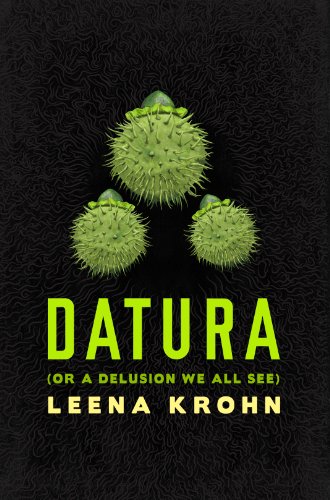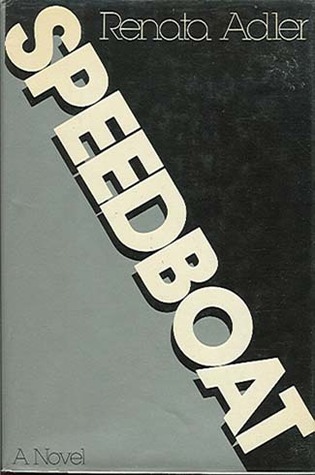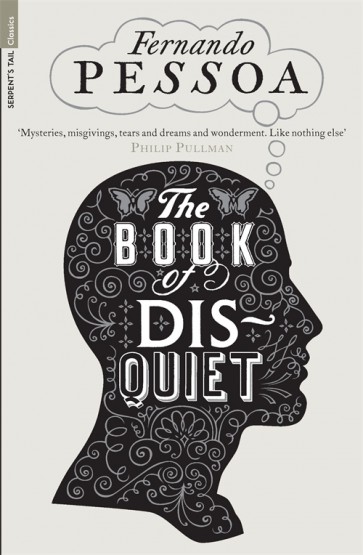One of my favorite authors in the last couple of years has been Leena Krohn. I haven’t yet written about her work here. This post is an excuse to correct that. It’s another in my series on mosaic novels–again, I’m defining this as novels made of vignettes that build up to a cumulative theme instead of a single plot. The last two posts covered The Book of Disquiet and Speedboat which, at least on the surface, aren’t structured much like Krohn’s novels. She writes full-length chapters, with titles, usually chronologically ordered. But the chapters in Krohn’s novels work like those novels’ vignettes. Every chapter could stand as an individual unit of writing. But they aren’t stories as such; again, they read more like essays or descriptions of situations.
Krohn’s novels pick a theme and approach it from different angles, with different strategies. So Tainaron: Mail From Another City, a novel composed of letters from a human living in a city of insects, includes chapters centered on metaphors for life in human cities, others anthropomorphizing actual insect behavior, and others just focusing on the strangeness of Tainaron to convey the feeling of living as an expatriate.

Tainaron is Krohn’s best novel, but my favorite is Datura (or a Delusion We All See). Datura’s narrator is the editor and entire staff of The New Anomalist, a low-rent Fortean Times knockoff, the seriousness of which is indicated by the fact that its owner wants its gift shop to sell Big Mouth Billy Bass. As she runs around interviewing cranks and crackpots, the datura she’s taking for her asthma is making her hallucinate. Some chapters describe her research. Some are interviews with people who believe in strange things–plant intelligence, trepanation, the face of Jesus manifested in cheese–which are gently mocking but not scornful. Datura is compassionately interested in these people’s conceptions of reality. Other chapters describe the narrator’s hallucinations: an old woman who’s always ahead of her, a candy shop that seems out of its time. Sometimes it’s not clear what kind of chapter we’re reading. At one point the narrator is passed by a column of empty cars which she later learns were a convoy of real driverless vehicles.
There’s not much plot. The narrator starts taking datura and then stops. We know where this rudimentary story is going from the first chapter. But all of her experiences together–character studies of crackpots, different views of reality, musings about how human beings see patterns and create meaning, datura-induced breaks with reality–all these self-contained scenes, equally important, build to a larger theme. It’s an interesting one, because although Datura’s themes–science, skepticism, anomalies, the nature of reality–are familiar in SF, especially since the heyday of The X-Files, Datura approaches them from a different direction than usual. On the questions of whether plants can think or angels exist, Datura comes down on the side of skepticism, but it’s pro-rationality for a reason that in a lot of SF doesn’t get much play: it’s important to understand the world because we live in it with other people, together. To connect with others we need some common frame of reference, however tenuous. “The truth is always shared. A reality that belongs to only one person isn’t real.” Datura has empathy for its cranks because reality connects us even to people who don’t believe in it.
A traditional plot would not have suited Datura. A strong plot would need an active protagonist with a defined goal, and an antagonist to stop her getting it. A plot would turn Datura’s focus inward onto the protagonist instead of outward to the world around her. There’s nothing wrong with that–obviously, lots of strongly plotted novels are great! But it wouldn’t be this novel.
Leena Krohn’s novels have narrators instead of protagonists; they watch, listen, and think more than they act. Her chapters build on each other and develop ideas and characters. But they work more through accumulation and association, less through the cause and effect of traditional plotting. Her books combine the best parts of essays–a focus on ideas, looking out from the self instead of in at a protagonist–with the novel’s ability to explore character and approach themes through metaphor.

